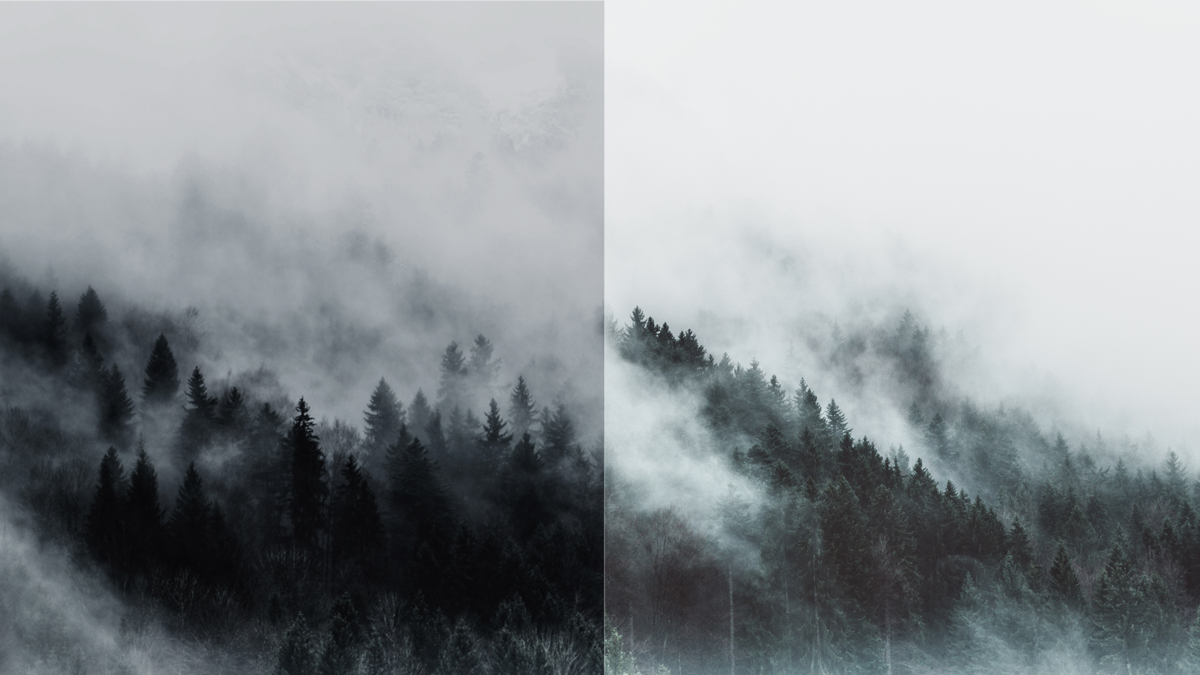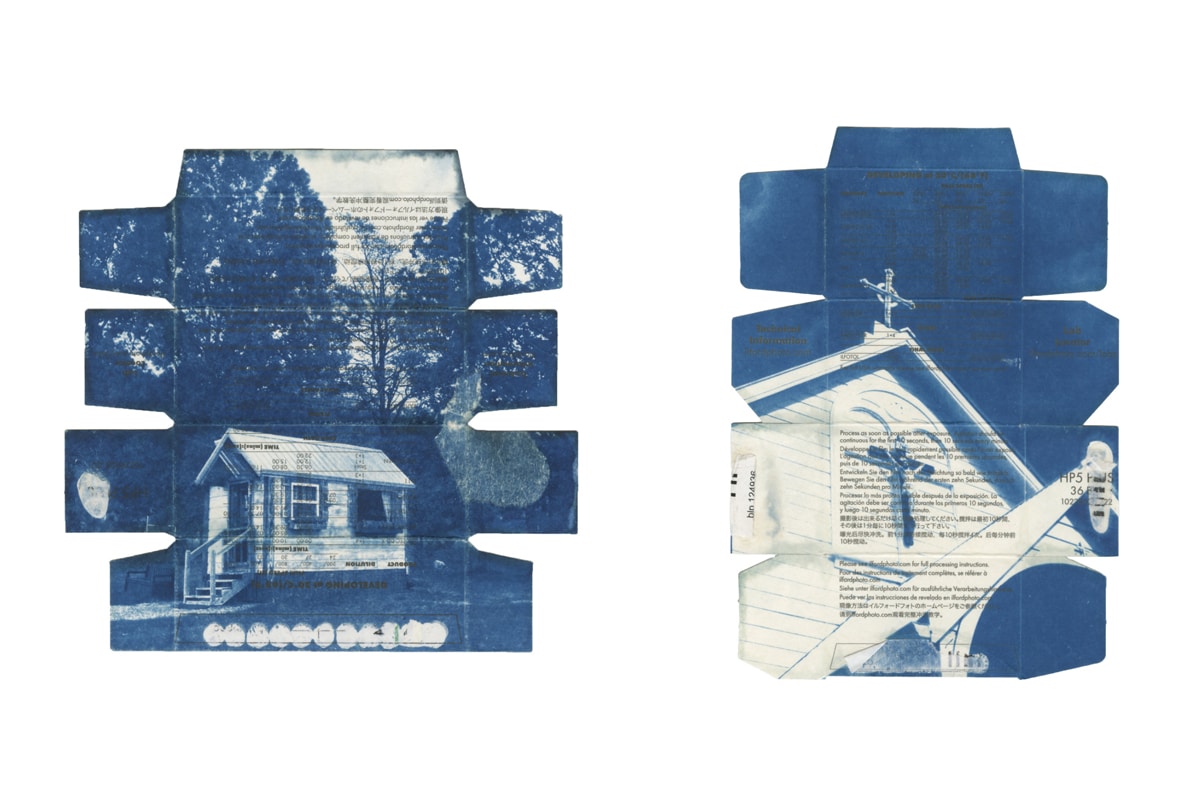While there are no unbreakable rules in photography, mastering a few fundamental principles of composition is a must for any serious photographer. The right photo composition can easily take a photo from forgettable to amazing!
The best part? It doesn’t matter which of the different types of photography you do, or if you decide to switch directions, because these rules apply just as well to landscape photography as they do to portrait photography and everything in between.
Mastering photo composition is a surefire way improve the images in your online photography portfolio—and a better portfolio means more clients coming your way. So play around with these photography composition rules the next time you’re shooting—you’ll be leveling up in no time!
What Exactly is Photo Composition?
Photo composition refers to how objects and elements are placed relative to each other in your image. Good composition rules apply across all different types of visual art, from illustration to design. The goal of the principles of composition is to emphasize the parts of your image that you want your viewer to notice, and to create an overall feeling of balance when they look at the image.
Once you understand these rules of composition, you’ll see how it easy it is to spot why some photos just look better than others. A good composition probably uses a few of the photography composition tips we’ll go through here, so make sure to think about the kinds of subjects you usually shoot and how you can apply these tips to your next portfolio piece!
Photography Composition Rule #1: Use the Rule of Thirds

The rule of thirds is a photo composition tip that comes up a lot because it really is universally applicable. Using it can be a small change that makes a big difference to your final image composition.
The rule of thirds refers to dividing your image into three horizontal sections and three vertical sections. You should have two lines running top to bottom, and two lines running left to right. Take a look at where those lines intersect: you should place your main subject on one of those points.
Once you do this a few times it comes easy to visualize where that sweet spot is, but your camera probably has a built-in setting to show you these lines. It might be helpful to turn it on from time to time!
Sometimes, the lines themselves will be a good guide for how to compose your image. For example, if you’re shooting a horizon, your picture will probably look best if you place the horizon along the top or bottom line rather than right through the middle. Take a look at some amazing photography portfolios and you’ll see the rule of thirds at work!
Photography Composition Rule #2: Keep your Image Composition Balanced
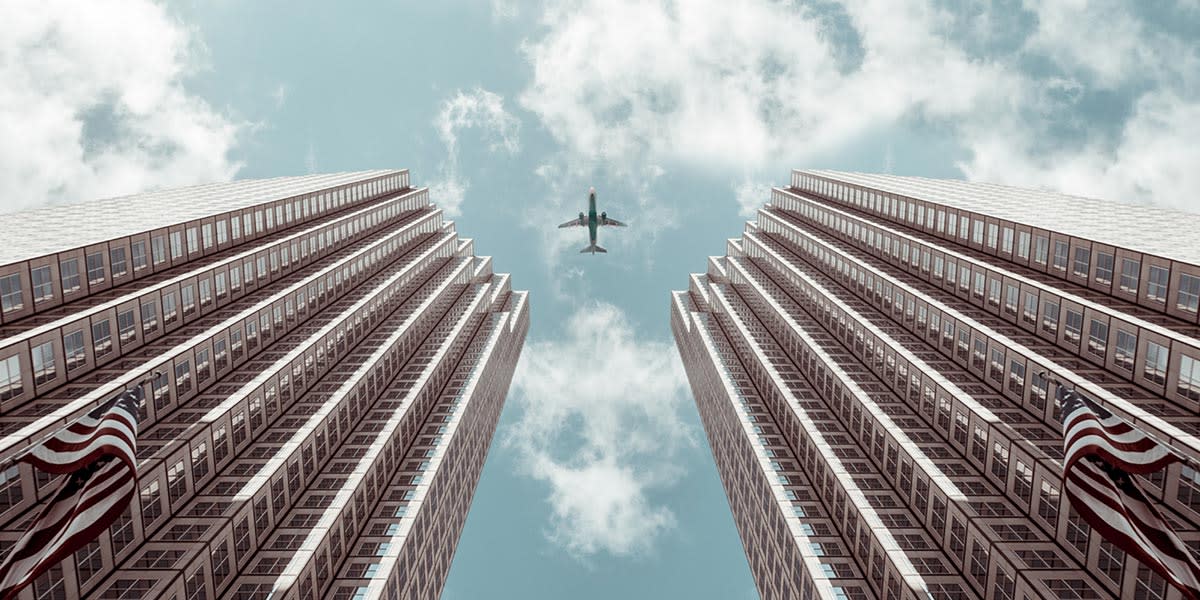
Okay, you’ve put the first photo composition rule to work and framed your image according to the rule of thirds. Now you’ve got a big blank space filling two thirds of your image.
Sometimes this is okay and the negative space will emphasize your main subject. However, you might feel that your composition looks better if you place something smaller or less significant in the other third of your image, bringing an overall sense of balance to your photo.
Photography Composition Rule #3: Fill the Frame

Another photo composition tip is to fill the whole frame with your subject. Depending on what you’re shooting, this can create a really good composition because there are no distractions to take your eyes off of the main subject. It’s a great way to achieve a bold, commanding image.
This might seem like it’s breaking the rule of thirds, but it’s really just a different approach that will give you a different effect. Imagine shooting a full-body portrait of your dog. You might place him in the frame according to the rule of thirds. But if you want to focus on his adorable features, filling the frame with his face is an awesome way to do that. This also works wonders on your self-portraits.
Filling the frame is also an awesome way to draw attention to something that people would normally overlook, like a cool texture.
Photography Composition Rule #4 : Play with Symmetry
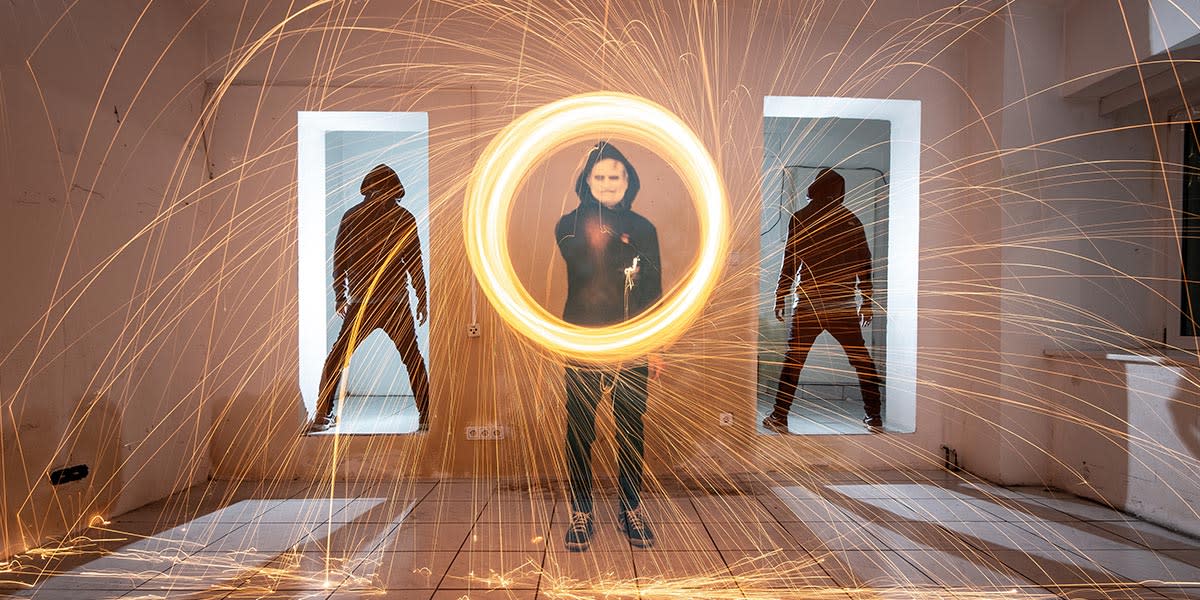
Good composition photography sometimes emphasizes symmetry rather than thirds. It all depends on what you’re shooting, and what you want to draw attention to. There’s natural and human-built symmetry all around us, and it can be a fun challenge as a photographer to look for it on your next photo walk and see what you can find. An ornate staircase might look most impressive if you emphasize its symmetry by shooting it head-on.
Another type of scene that looks amazing with a symmetrical photo composition is anything involving reflections. If you’re a landscape photographer, you can capture some really memorable pictures by composing a reflection in a body of water symmetrically. The same goes for portrait photographers shooting a studio. Bring a mirror on your next set, and see what you can come up with.
Since we all share our images on Instagram these days, it’s good to know that symmetrical images can look particularly good when they’re cropped into a square.
Photography Composition Rule #5: Use Frames

A composition photography principle you’ll definitely want to get familiar with is using frames. Almost anything can be a frame in your image composition. For urban photographers, a bridge is a perfect example of a framing element you can use. If you’re shooting out in nature, trees are usually used as natural frames for your main subject.
If there’s nothing in an image composition to guide the eye, the photo can seem boring or incomplete. By using a frame in your photo composition, you’re creating an element that emphasizes the importance of your main subject in a way that is visually appealing, without being distracting or taking away focus.
Photography Composition Rule #6: Make Use of Leading Lines
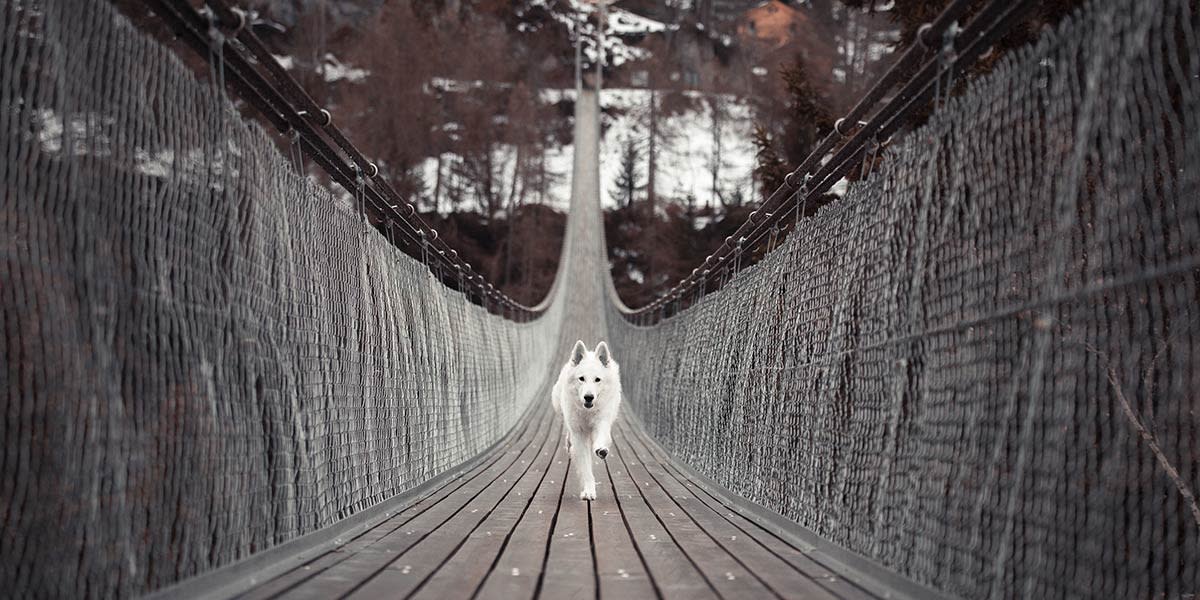
This photo composition rule can pair really well with the last rule about framing! What’s a leading line? Basically, it refers to using natural lines or shapes to guide the eye towards your main subject.
The key to this photo composition tip is to take a big-picture view of the scene you are shooting, and to spot the elements that you can use as leading lines. Look for things like rivers, train tracks, doorways or shadows, and get creative!
This principle of composition isn’t just about using straight lines—you should scope your scene for diagonal, curvy, zigzag, and radial leading lines, too.
Photography Composition Rule #7: Convey Depth
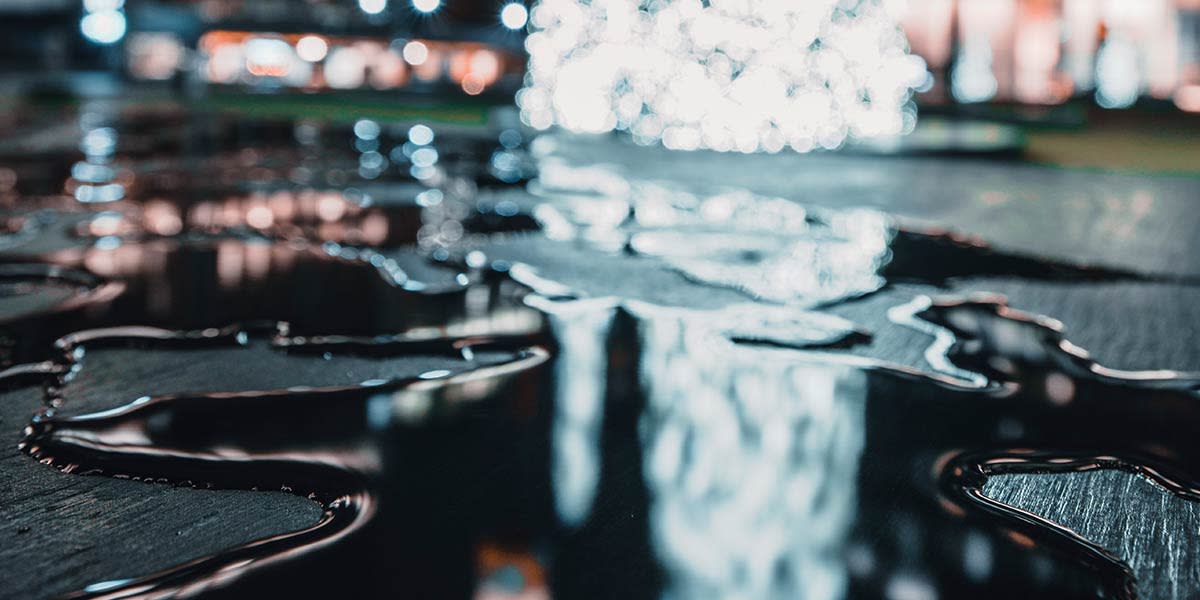
There are some really handy rules of composition that will help you convey depth in your two-dimensional image. To do this, you’ll want to include objects in the foreground, middle, and background of your composition all at once.
Think of an image of a mountain. On its own, the photo might look okay. But if you include a river in the middle ground and a field in the foreground, you’ve made your image composition much more interesting. The layers you’ve created create a sense of depth, which is far more intriguing to the eye than a flat image.
Photography Composition Rule #8: Find an Arresting Viewpoint
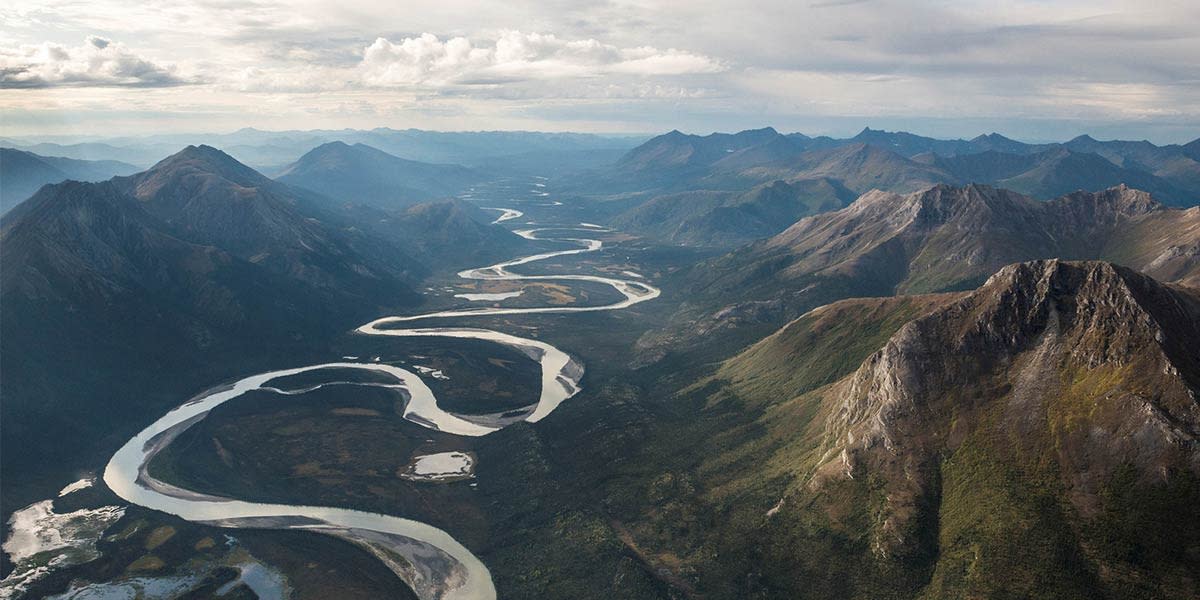
It’s amazing how much your image can change as you play around with the viewpoint. A photography composition tip that could make a big difference the next time you shoot is to challenge yourself to change your usual viewpoint.
This could be as simple as getting low to the ground or finding an elevated surface you can shoot from. Or it might be a little more complicated, like using drones to capture a viewpoint that would otherwise be hard to get. Good composition involves a little bit of trial and error, but the more you challenge yourself with these photography composition tips, the stronger your images will become!
Don’t Forget to Add Your Composition Photography to Your Online Portfolio!
Now that you’re a master of composition photography, make sure to add your gorgeous shots to your online portfolio website. If you don’t have one yet, don’t sweat it! Look for a website builder that will allow you to create an awesome portfolio in a matter of minutes. You should keep an eye out for one that has a free trial, so that you can play around with the different themes and make sure there’s one that suits your brand identity. Another great feature to look for is Instagram integration. This makes it super easy to keep your portfolio updated, since your Insta posts will automatically appear on your website, alongside all those good composition photos.
Now that you’re ready to take these photography composition tips out into the world, we can’t wait to see what you capture!
Now that you know how to compose your photos, here are some tools to help you edit them:
61 Photoshop Tutorials That Will Blow Your Mind
50 Lightroom Tutorials to Make Your Portfolio Shine
These 18 Lightroom Plug-Ins Will Change Your Life









